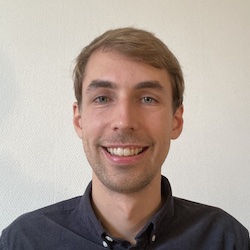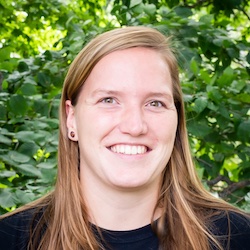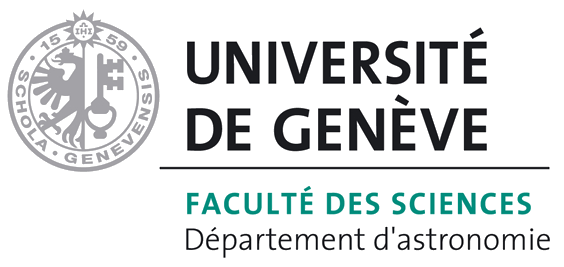Please note the information on travel and attendance restrictions linked to the COVID-19 pandemic.
We have reached the limit of 60 confirmed participants, so registrations are closed.
The 51th "Saas-Fee Advanced Course" of the Swiss Society for Astrophysics and Astronomy (SSAA) will be held from 24 to 28 January 2022 in Saas-Fee, in the Swiss Alps. This course is primarily targeted at Ph.D. and advanced M.Sc. students, but can also be valuable to young postdoctoral researchers who would like to start exploring the field. The "Saas-Fee Advanced Course" has taken place annually since 1971 and in 2022 it will be devoted to
Compact-Object Astrophysics in the Era of Multi-Messenger Astronomy
The discovery of the first gravitational-wave signal in 2015, coming from the merger of two massive stellar black holes, marked the dawn of the new era of gravitational-wave astronomy. Two years later, the detection of the merger of two neutron stars by the LIGO/Virgo collaboration, and the subsequent observation of the event in the whole electromagnetic spectrum, from gamma-rays to radio, truly signified the birth of multi-messenger astronomy. It is of historical proportions that approximately one third of all professional astronomers from all fields and geographical location, collaborated in different teams and configurations to study the GW170817 binary neutron star merger event. They brought together gravitational wave data, multi-wavelength electromagnetic observations, and theoretical models, to give us new insights into astrophysical phenomena that were previously unavailable to science.
With the conclusion of the third science observing run of the LIGO and Virgo observatories in late 2020, tens of binary black hole and several binary neutron star and black hole - neutron star merger events have been observed. Over the last 5 years, gravitational-wave astronomy has been transforming from a field that hunted the one extraordinary event proving the existence of gravitational waves, to a field whose challenge will be to accommodate and interpret a plethora of multimessenger transient events. This will be especially true with the advent of the next-generation ground- and space-based observatories, such as the Laser Interferometer Space Array and the Einstein Telescope. Undeniably, this is the future direction of time-domain astronomy, and it is imperative that we offer to young researchers the opportunity to be trained in the full range of fundamental expertise required in order to become the next generation of scientific leaders.
With this goal in mind, the 51st Saas-Fee course in astrophysics will include a series of lectures by four distinguished lecturers that will cover the following topics:
-
Detection and analysis of gravitational wave data. Prof. Mandel will introduce the basic characteristics of gravitational wave detectors and the techniques used to detect and characterize an event, including the estimate of the astrophysical parameters of the source, and will discuss what have we learned so far from the observed population of gravitational-wave sources.
-
The astrophysical origin of coalescing double compact objects. Prof. Mandel will describe the many physical processes that are potentially at play towards the formation of coalescing binary compact objects, including single and binary stellar evolution, stellar dynamics, and accretion physics.
-
Analysis and interpretation of multi-messenger campaigns of coalescing double compact objects. Astronomers from all backgrounds and wavelengths have joined their efforts to have the best possible coverage of these events. Prof. Margutti will explain the challenges and advantages of this federative approach, and describe how one could obtain, analyze and interpret multi-wavelength data of potential electromagnetic counterparts of gravitational-wave events.
-
Understanding electromagnetic signatures of coalescing double compact objects. The neutron star merger GW170817 and the associated kilonova have shown that proposed models provided a generally good understanding of the observed electromagnetic signature, but several aspects remain to be understood and clarified. Prof. Enrico Ramirez-Ruiz will illustrate the theoretical background of electromagnetic observations and show how the different physical processes influence the observables.
Formal lectures in the morning will be followed by interactive hands-on sessions in the evenings, where the participants will have the opportunity to get their hands on observational and simulation data and explore theoretical concepts with order-of-magnitude calculations. A several-hour-long afternoon break is scheduled, when the participants are encouraged to do winter sports or simply interact with each other.
Due to COVID-19 related restrictions and other logistical aspects, the number of participants will be limited to approximately 60 people.
Lecturers:
|
Prof. Enrico Ramirez-Ruiz |
|
Prof. Raffaella Margutti |
Teaching Assistants:
 Mr. Geert Raaijmakers University of Amsterdam |
 Ms. Sophie Schröder University of Copenhagen |
 Ms. Floor Broekgaarden Harvard University |
 Dr. Kate Alexander Northwestern University |
 Mr. Simone Bavera University of Geneva |
 Dr. Volodymyr Savchenko University of Geneva |
Organizing Committee:
Carlo Ferrigno, Tassos Fragos, Maurizio Falanga, Myriam Burgener, Marie-Claude Dunand




